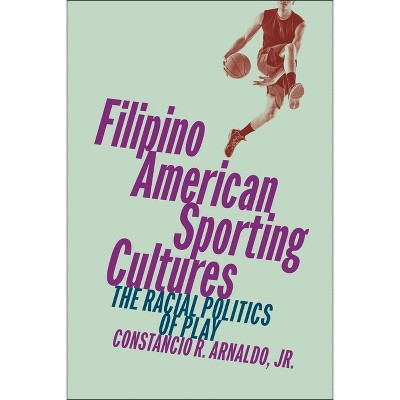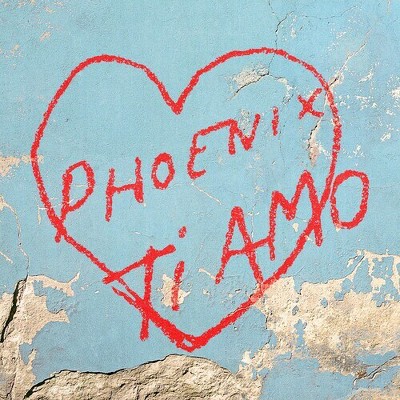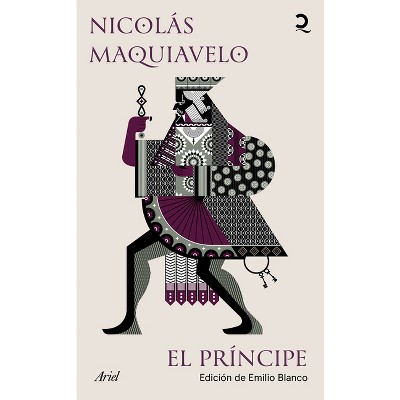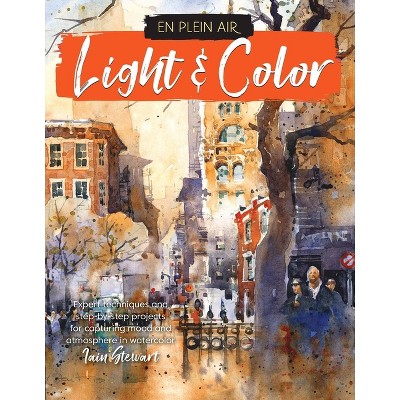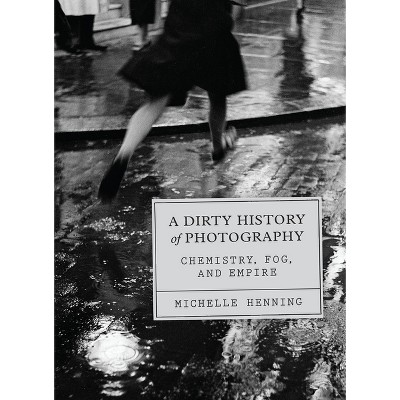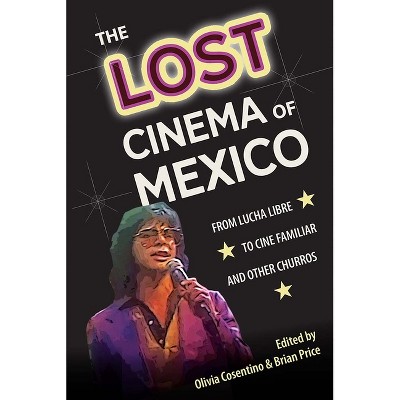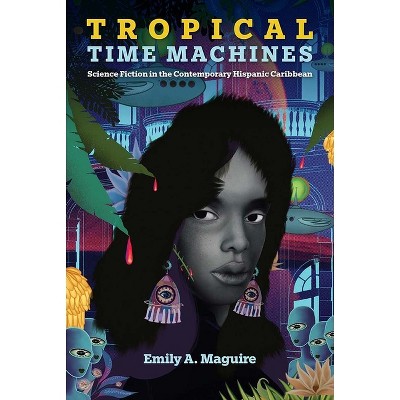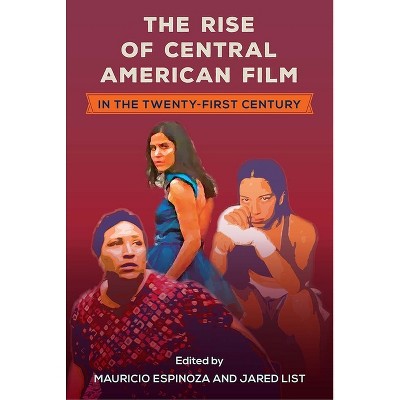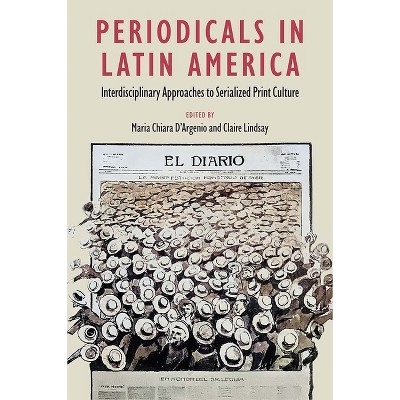Sponsored

The Insubordination of Photography - (Reframing Media, Technology, and Culture in Latin/O America) by Ángeles Donoso Macaya (Paperback)
In Stock
Sponsored
About this item
Highlights
- Latin American Studies Association Visual Culture Section Best Book PrizeLatin American Studies Association Historia Reciente y Memoria Section Best Book PrizeHonorable Mention, Conference on Latin American HistorySusan M. Socolow and Lyman L. Johnson PrizeThe role of documentary photography in exposing and protesting the crimes of a dictatorship After Augusto Pinochet rose to power in Chile in 1973, his government abducted, abused, and executed thousands of his political opponents.
- Author(s): Ángeles Donoso Macaya
- 268 Pages
- History, Latin America
- Series Name: Reframing Media, Technology, and Culture in Latin/O America
Description
Book Synopsis
Latin American Studies Association Visual Culture Section Best Book Prize
Latin American Studies Association Historia Reciente y Memoria Section Best Book Prize
Susan M. Socolow and Lyman L. Johnson Prize
The role of documentary photography in exposing and protesting the crimes of a dictatorship
After Augusto Pinochet rose to power in Chile in 1973, his government abducted, abused, and executed thousands of his political opponents. The Insubordination of Photography is the first book to analyze how various collectives, organizations, and independent media used photography to expose and protest the crimes of Pinochet's authoritarian regime.
Ángeles Donoso Macaya discusses the ways human rights groups such as the Vicariate of Solidarity used portraits of missing persons in order to make forced disappearances visible. She also calls attention to forensic photographs that served as incriminating evidence of government killings in the landmark Lonquén case. Donoso Macaya argues that the field of documentary photography in Chile was challenged and shaped by the precariousness of the nation's politics and economics and shows how photojournalists found creative ways to challenge limitations imposed on the freedom of the press.
In a culture saturated by disinformation and cover-ups and restricted by repression and censorship, photography became an essential tool to bring the truth to light. Featuring never-before-seen photographs and other archival material, this book reflects on the integral role of images in public memory and issues of reparation and justice.
A volume in the series Reframing Media, Technology, and Culture in Latin/o America, edited by Héctor Fernández L'Hoeste and Juan Carlos Rodríguez
Publication of the paperback edition made possible by a Sustaining the Humanities through the American Rescue Plan grant from the National Endowment for the Humanities.
Review Quotes
"Donoso
Macaya offers an engaging, multidisciplinary, and well-researched analysis of
Chile under the Pinochet dictatorship and in the process contributes to
understanding the complexity and political implications of photography."--Choice "A
necessary, timely, and original book. . . . Donoso Macaya skillfully and
carefully has traced the ways photographs travel, incite public discussion,
move from one setting to another, andtransform."--H-Net "Enriches
the existing literature on the Chilean dictatorship by taking seriously the
social and political power of photography. . . . Excellent and necessary."--Latin
Americanist "Through
a series of emblematic case studies, the book makes a powerful argument about
the multi-faceted visual and social impact of photography under repressive
rule. . . . Its immense value lies in the way [Donoso Macaya] traces the social
history of photographers who pushed the performative dimension of photography
to challenge the dictatorship in various forms."--Journal of Social History "A
valuable addition to the literature examining the social construction and performativity
of images as well as the use of photography as a civil practice, areas that are
essential to understanding the political uses and consequences of protest
photography."--The Americas
"A
very thoroughly researched and original contribution to studies of Chilean
visual culture."--Bulletin of Spanish Studies

